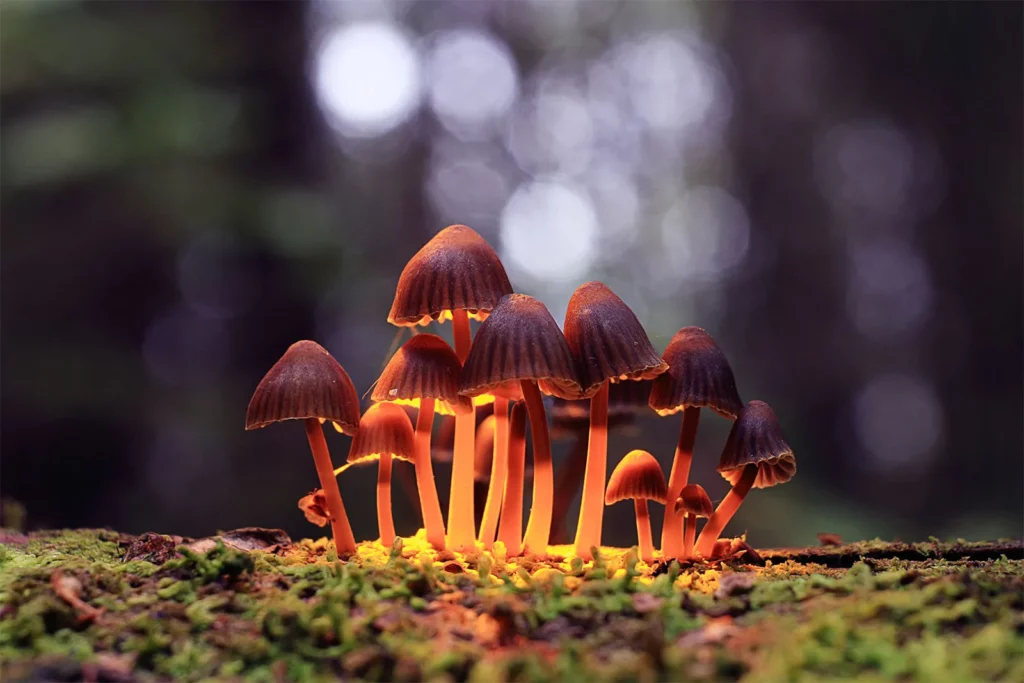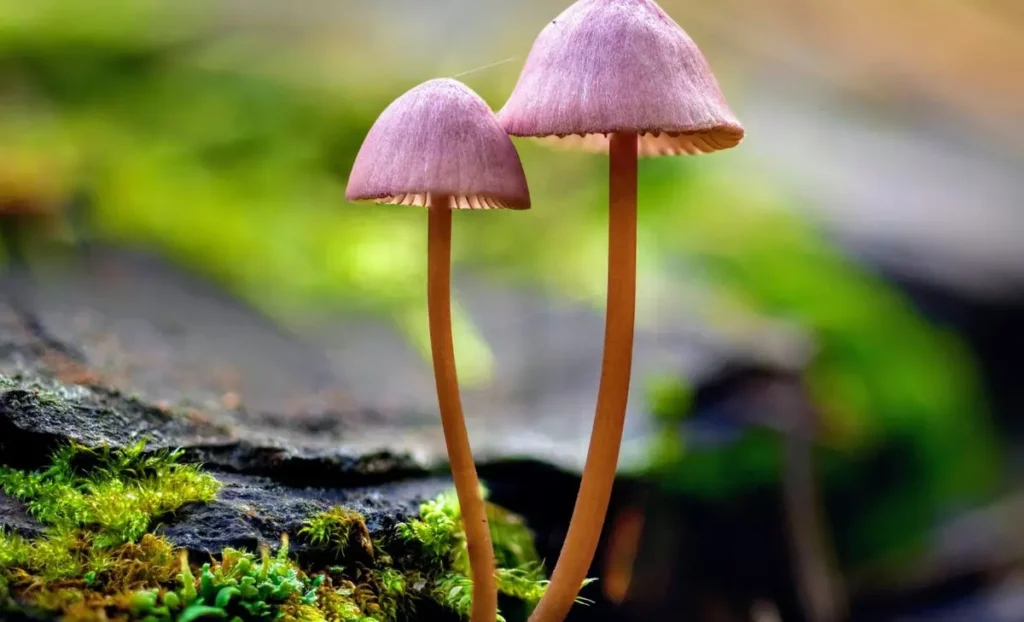Introduction
Magic mushrooms, also known as psilocybin mushrooms, have fascinated humanity for centuries. These naturally occurring fungi contain psychoactive compounds—primarily psilocybin and psilocin—that cause hallucinations, altered perceptions, and shifts in consciousness. Today, they are at the forefront of a psychedelic renaissance, with renewed interest in their potential therapeutic uses. But before we dive into their modern applications, let’s explore their deep roots in human history and culture.
The Historical Significance of Magic Mushrooms

Magic mushrooms have been used by indigenous cultures for thousands of years. Archaeological evidence suggests that the use of psilocybin-containing fungi dates back to 9000 BCE in African tribal societies. In Mesoamerica, civilizations such as the Aztecs and the Maya revered these mushrooms as sacred tools for spiritual and religious rituals.
The Aztecs referred to them as “teonanácatl,” meaning “flesh of the gods.” These mushrooms were often consumed during ceremonies to connect with deities, receive visions, and gain spiritual insight. Spanish conquistadors documented the widespread use of these mushrooms during their conquests, though they also contributed to their suppression by associating them with pagan practices.
Cultural Rebirth: The Psychedelic Revolution of the 20th Century
Magic mushrooms remained largely underground until the 1950s when R. Gordon Wasson, a banker and amateur ethnomycologist, wrote about his experiences with psilocybin mushrooms in Mexico. His 1957 article in Life magazine introduced them to Western audiences and sparked a wave of interest.
Soon after, Dr. Albert Hofmann, the chemist who discovered LSD, isolated psilocybin and psilocin from Psilocybe mexicana. This led to scientific studies on their potential psychological and therapeutic benefits.
In the 1960s, magic mushrooms became a symbol of the counterculture movement. They were embraced by individuals seeking expanded consciousness, creativity, and spiritual enlightenment. However, with the rise of the “War on Drugs,” psilocybin was classified as a Schedule I substance in the U.S. in 1970, halting much of the legitimate research for decades.
Modern-Day Use: A Psychedelic Renaissance
Fast forward to today, and magic mushrooms are experiencing a revival in both research and public perception. Clinical studies are now examining psilocybin’s potential to treat conditions like:
- Depression
- Anxiety
- Post-Traumatic Stress Disorder (PTSD)
- Addiction
- Existential distress in terminal illness
In 2016, a groundbreaking study by Johns Hopkins University showed that psilocybin could produce significant, lasting reductions in depression and anxiety in patients with life-threatening cancer. Since then, institutions like NYU, Imperial College London, and MAPS have conducted further research with promising results.
Also Read: How to Prepare for a Magic Mushroom Trip
Microdosing and Self-Discovery
Beyond clinical settings, many individuals have begun experimenting with microdosing—taking very small, sub-perceptual amounts of psilocybin. Microdosing is believed to improve focus, creativity, emotional stability, and overall well-being, though formal studies are still ongoing.
Others continue to use magic mushrooms for spiritual growth and self-exploration, often reporting profound insights, a sense of interconnectedness, and emotional breakthroughs.
Legalization and Decriminalization Efforts
Legal attitudes toward magic mushrooms are beginning to shift. Countries like Portugal and Jamaica have decriminalized psilocybin mushrooms, while the Netherlands permits the sale of psilocybin-containing truffles. In the United States:
- Oregon legalized psilocybin for supervised therapeutic use in 2020.
- Cities like Denver, Oakland, and Santa Cruz have decriminalized personal use and possession.
- Canada is allowing limited access to psilocybin for end-of-life care and is funding clinical trials.
These legal changes reflect a growing recognition of the potential therapeutic value of psilocybin and the need for harm-reduction approaches.
Safety, Risks, and Responsible Use
While magic mushrooms are considered physiologically safe and non-addictive, they are powerful substances that should be approached with respect. Potential risks include:
- Bad trips, characterized by intense fear, confusion, or paranoia
- Hallucinations that may be disturbing in uncontrolled settings
- Interactions with mental health disorders, particularly psychosis or schizophrenia
Experts recommend set and setting—your mindset and environment—be carefully considered before using psilocybin. Supervised use, whether in clinical trials or ceremonial settings, greatly reduces the likelihood of negative experiences.
Conclusion
Magic mushrooms have come a long way—from sacred ceremonial tools to outlawed psychedelics, and now, to cutting-edge medicine. Their story is intertwined with humanity’s quest for meaning, healing, and transcendence.
As research continues and cultural acceptance grows, magic mushrooms may soon take their place not only in alternative therapy but also in mainstream medicine. Whether used for introspection, healing, or connection, they remind us that sometimes the key to transformation lies not in new inventions, but in ancient wisdom waiting to be rediscovered.

